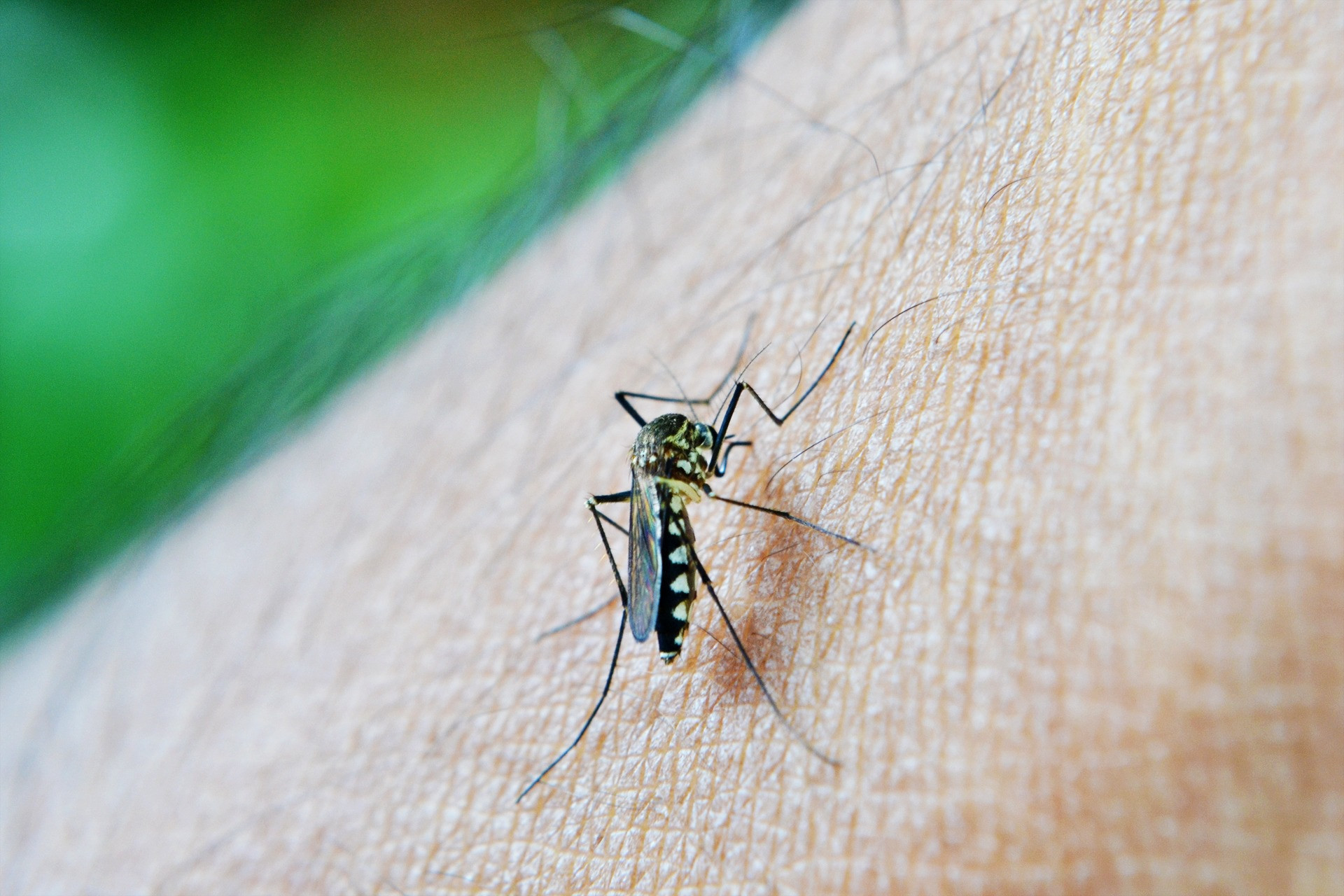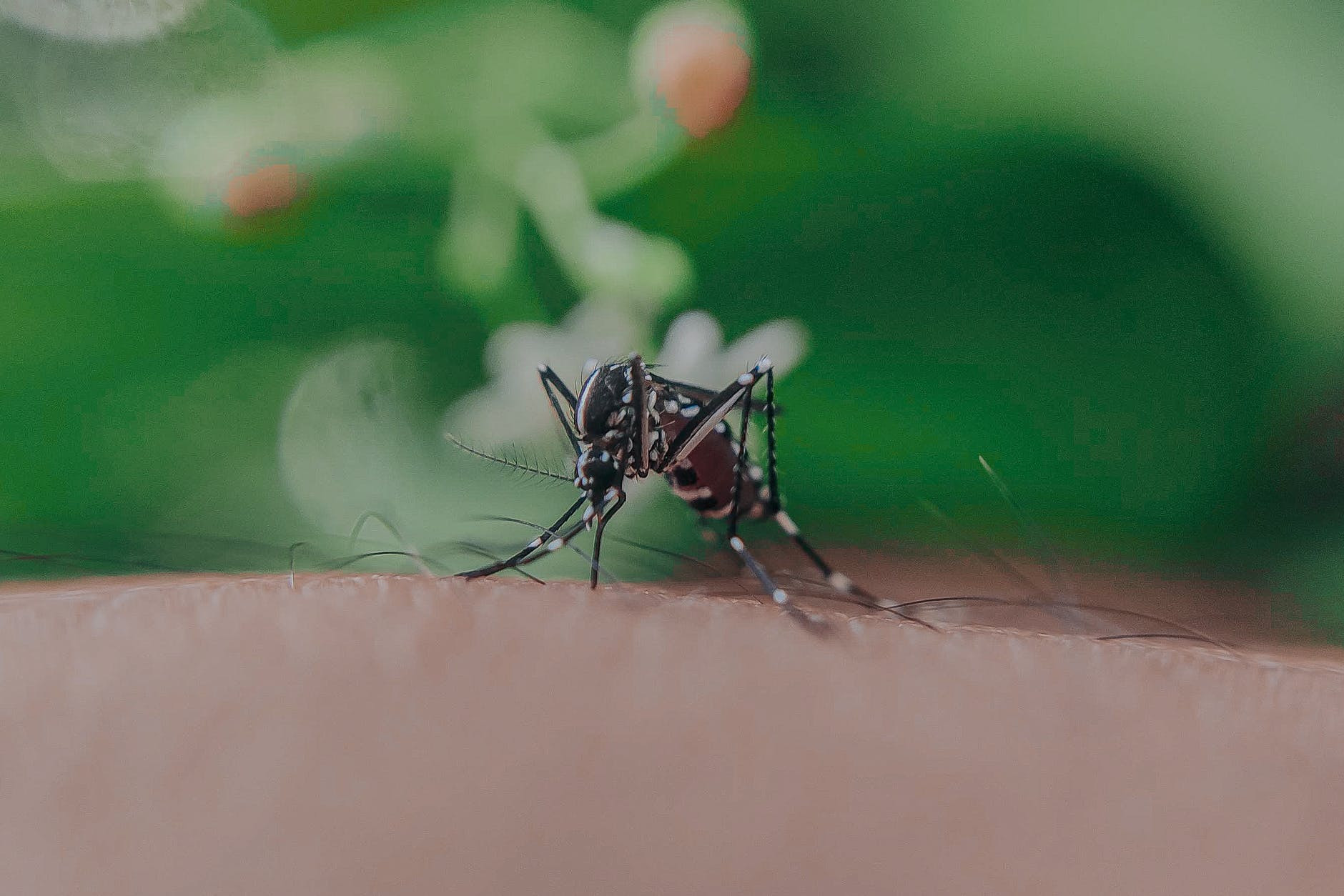Definition
Dengue hemorrhagic fever (DHF) is a severe illness caused by the dengue virus, which is transmitted by female mosquitoes of the Aedes aegypti and Aedes albopictus species.
DHF is considered a progression of dengue fever with more severe clinical complications. The disease is widespread globally, with millions of cases occurring annually, particularly in countries with tropical and subtropical climates, such as those in Southeast Asia, Africa, and Latin America, including Indonesia.
Human infection with the dengue virus typically occurs through mosquito bites. Mosquitoes become infected with the virus when they feed on the blood of an infected individual. Symptoms of dengue fever usually manifest around 4-7 days after being bitten by an infected mosquito.
Recognizing the symptoms of DHF is crucial as they are nonspecific and can affect various body systems or organs. DHF remains a significant public health challenge in Indonesia, affecting individuals of all ages, including infants, children, adolescents, adults, and the elderly.
Causes
The cause of dengue hemorrhagic fever is the transmission of the dengue virus. The disease can be caused by any of the four types of dengue virus: DEN-1, DEN-2, DEN-3, and DEN-4.
Individuals who have previously experienced dengue fever may develop immunity to the specific variant of the dengue virus that infected them. However, they remain susceptible to infection by the other three virus variants in the future.
The dengue virus is primarily transmitted through the bites of Aedes aegypti or Aedes albopictus mosquitoes. Additionally, the virus can be transmitted from a pregnant woman to her fetus.
Dengue infection can lead to a decrease in platelet levels, also known as thrombocytopenia. Platelets are essential for blood clotting, and a significant decrease in platelet levels can result in blood leakage from blood vessels, leading to internal organ bleeding.
Risk factor
Dengue hemorrhagic fever is closely linked to climate and weather conditions, primarily due to the habitat preferences of Aedes aegypti and Aedes albopictus mosquitoes, which thrive in tropical climates. Additionally, several risk factors can increase the likelihood of contracting dengue hemorrhagic fever:
- Population density: Higher population density in an area increases the probability of someone being infected with the dengue virus and experiencing dengue hemorrhagic fever.
- Young age: Children are at a higher risk of contracting dengue hemorrhagic fever due to their less developed immune systems. Furthermore, their engagement in outdoor activities often exposes them to dengue virus-carrying mosquitoes.
- Areas with high rainfall: The rainy season is associated with a surge in dengue fever cases. High humidity and stagnant water further facilitate mosquito breeding, increasing the risk of dengue hemorrhagic fever.
- History of dengue: Individuals with a previous history of dengue fever are at a heightened risk of developing dengue hemorrhagic fever.
Symptoms
Patients typically experience symptoms of dengue fever initially, which may appear following a mosquito bite and can last for 1-2 weeks. The fever pattern may exhibit a 'saddleback' pattern, characterized by high body temperature in the first 1-3 days, followed by a decrease during the critical phase on days 4-5, and a subsequent rise on days 6-7.
Common symptoms of dengue fever include:
- Pain behind the eyes or in the head.
- Appearance of red spots on the skin.
- Nausea and weakness.
- Muscle pain.
- Loss of appetite.
Dengue hemorrhagic fever represents a more severe form of dengue fever. During the critical phase when the body temperature begins to decrease, emergency signs may manifest, including:
- Severe abdominal pain.
- Continuous vomiting or vomiting blood.
- Presence of blood in the stool.
- Nosebleeds or bleeding gums.
- Severe fatigue.
- Signs of decreased mental status such as confusion or irritability.
Diagnosis
Diagnosis of dengue hemorrhagic fever involves a comprehensive approach that includes a medical interview, physical examination, and diagnostic tests.
Medical interview
In cases of dengue hemorrhagic fever, patients often present as emergencies, requiring immediate attention. Therefore, doctors prioritize addressing the emergency condition before conducting an interview. Once stabilized, the doctor will inquire about the patient's symptoms, duration, past medical history, family medical history, living environment, and medications taken.
Physical examination
A thorough physical examination assesses the patient's vital signs, including blood pressure, body temperature, respiratory rate, and pulse. If abnormal vital signs are detected, emergency treatment is administered. Subsequently, the doctor examines the patient's body from head to toe, searching for emergency signs such as abdominal pain, nosebleeds, or pain in various body parts.
Diagnostic tests
Various diagnostic tests may be performed, including blood laboratory tests to assess platelet levels and other blood components and detect dengue antibodies. A chest X-ray may also be conducted to identify any fluid leakage in the lungs.
Management
The management of dengue hemorrhagic fever involves providing supportive therapy and symptomatic treatment tailored to the patient's condition. In cases where emergency signs such as difficulty breathing, bleeding, decreased consciousness, or signs of organ damage are present, immediate interventions such as intravenous therapy and oxygen administration are provided as first aid. Close monitoring is essential to prevent the worsening of the patient's condition.
Additionally, symptomatic treatment may include prescribing pain relievers or fever reducers to alleviate symptoms. Patients are advised to rest adequately and consume nutritious food to support their recovery and facilitate a return to their normal state of health.
Complications
There are several complications of dengue hemorrhagic fever, including:
- Difficulty breathing
- Uncontrolled bleeding
- Dengue encephalopathy: Brain damage resulting from dengue infection
- Dengue encephalitis: Infection or brain inflammation caused by the dengue virus
- Hypovolemic shock: Life-threatening condition due to significant fluid or blood loss
- Sepsis: Exaggerated response of the body to infection, leading to organ damage
- Pulmonary edema: Accumulation of fluid in the lungs
- Death
Prevention
Preventing dengue hemorrhagic fever involves several strategies, including government campaigns to eliminate mosquito breeding sites. This entails draining potential water storage areas, such as bathtubs, buckets, and flower vases, to prevent the accumulation of stagnant water where mosquitoes breed.
Water storage containers should be covered securely to prevent mosquitoes from laying eggs. Items that can collect water or are no longer in use should be disposed of or buried to eliminate potential breeding grounds. Additionally, larvicide powder can be used in areas where water cannot be drained.
When to see a doctor?
Seeking immediate medical attention is crucial if you experience symptoms of dengue hemorrhagic fever, especially in areas with a high incidence of dengue fever. Visiting the emergency room allows for prompt evaluation and treatment to prevent complications.
Looking for more information about other diseases? Click here!
- dr Hanifa Rahma
Centers for Disease Control and Prevention (2021). Retrieved 7 December 2022, from https://www.cdc.gov/dengue/symptoms/index.html.
Mayo Clinic - Dengue fever (2022). Retrieved 7 December 2022, from https://www.mayoclinic.org/diseases-conditions/dengue-fever/symptoms-causes/syc-20353078.
WebMD - Dengue Fever (2021). Retrieved 7 December 2022, from https://www.webmd.com/a-to-z-guides/dengue-fever-reference.
World Health Organization - Dengue and severe dengue (2022). Retrieved 7 December 2022, from https://www.who.int/news-room/fact-sheets/detail/dengue-and-severe-dengue.












